Daniel Thompson, automated bagel and ping pong pioneer, is dead at 94

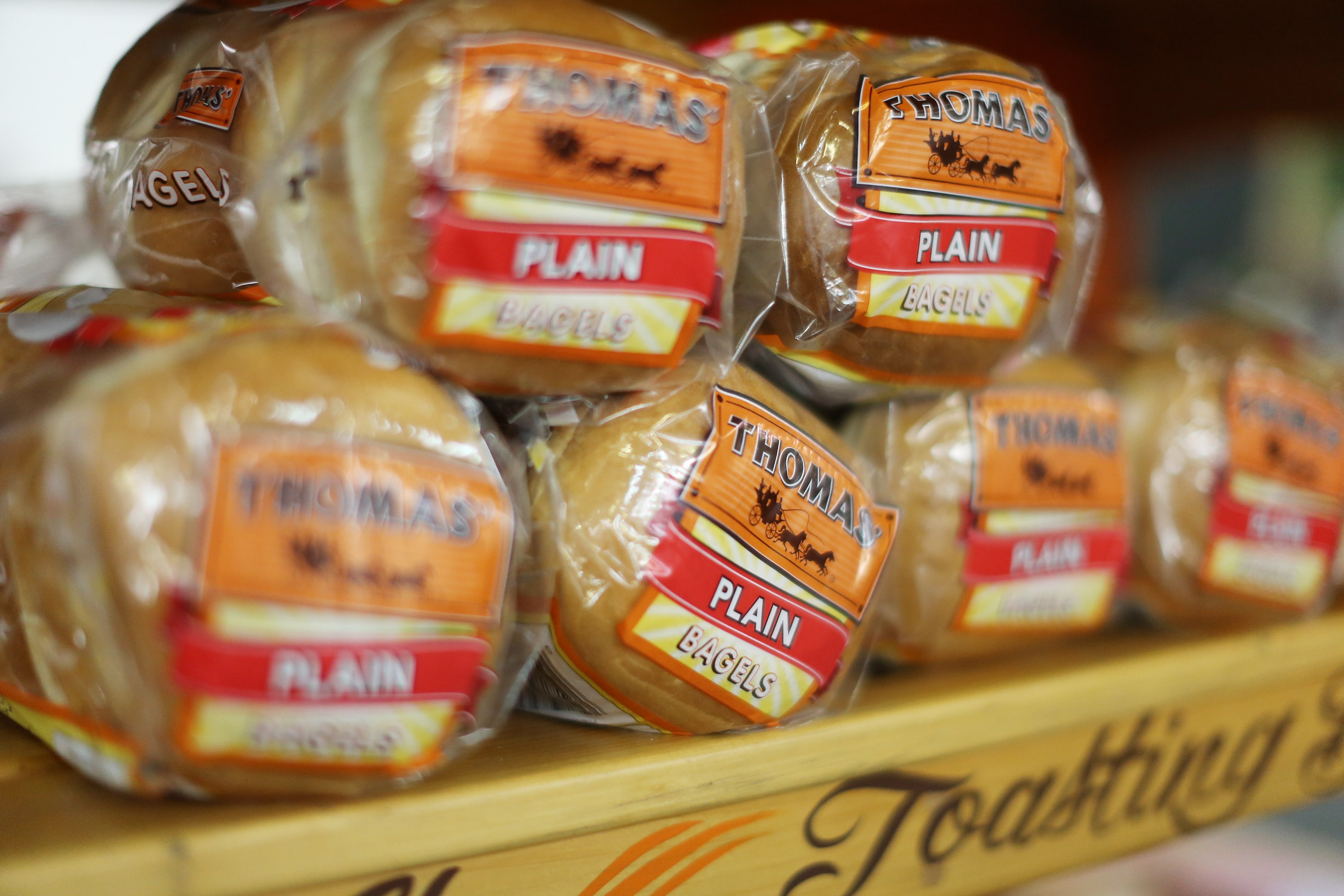
In 1953, Daniel Thompson patented the wheeled, folding ping pong table, but it didn't make him wealthy, his family tells The New York Times. The success of the American game-room staple, however, allowed Thompson to create the first automated bagel-making machine, an invention that led to the bagel's ascension to a popular American food, not the Jewish specialty item found only in certain neighborhoods of certain cities, notably New York and Montreal. Thompson died on Sept. 3 in Rancho Mirage, California — near his home in Palm Desert — his family said last week. He was 94.
Thompson and his wife, Ada, founded the Thompson Bagel Machine Manufacturing Corp. in 1961, and Lender's Bagels of New Haven, Connecticut, leased their first machine two years later. (Lender's still uses Thompson machines today to make its 750 million bagels a year.) The advent of mass produced bagels killed off the tight-knit, mafia-like union of bagel makers, The New York Times notes, and many bagel purists are disgusted with the revolution that followed. (Slate noted Lender's role in the popularization of the bagel, by freezing them and selling them in supermarkets, after Murray Lender died in 2012.)
"There was a kind of schism in bagel-making history: pre-Daniel Thompson and post-Daniel Thompson," Matthew Goodman, who wrote a book on Jewish foods, told The Times on Monday. The Thompson machine "was one of a confluence of factors that in less than a generation turned the bagel, which had once been smaller and crusty and flavorful, into something that is large and pillowy and flavorless — it had turned into the kind of baked good that Americans like, à la Wonder Bread." On the other hand, if you like bagels — pure or not — you probably have Daniel Thompson to thank. You can read more about him at The New York Times.
The Week
Escape your echo chamber. Get the facts behind the news, plus analysis from multiple perspectives.

Sign up for The Week's Free Newsletters
From our morning news briefing to a weekly Good News Newsletter, get the best of The Week delivered directly to your inbox.
From our morning news briefing to a weekly Good News Newsletter, get the best of The Week delivered directly to your inbox.
A free daily email with the biggest news stories of the day – and the best features from TheWeek.com
Peter has worked as a news and culture writer and editor at The Week since the site's launch in 2008. He covers politics, world affairs, religion and cultural currents. His journalism career began as a copy editor at a financial newswire and has included editorial positions at The New York Times Magazine, Facts on File, and Oregon State University.
-
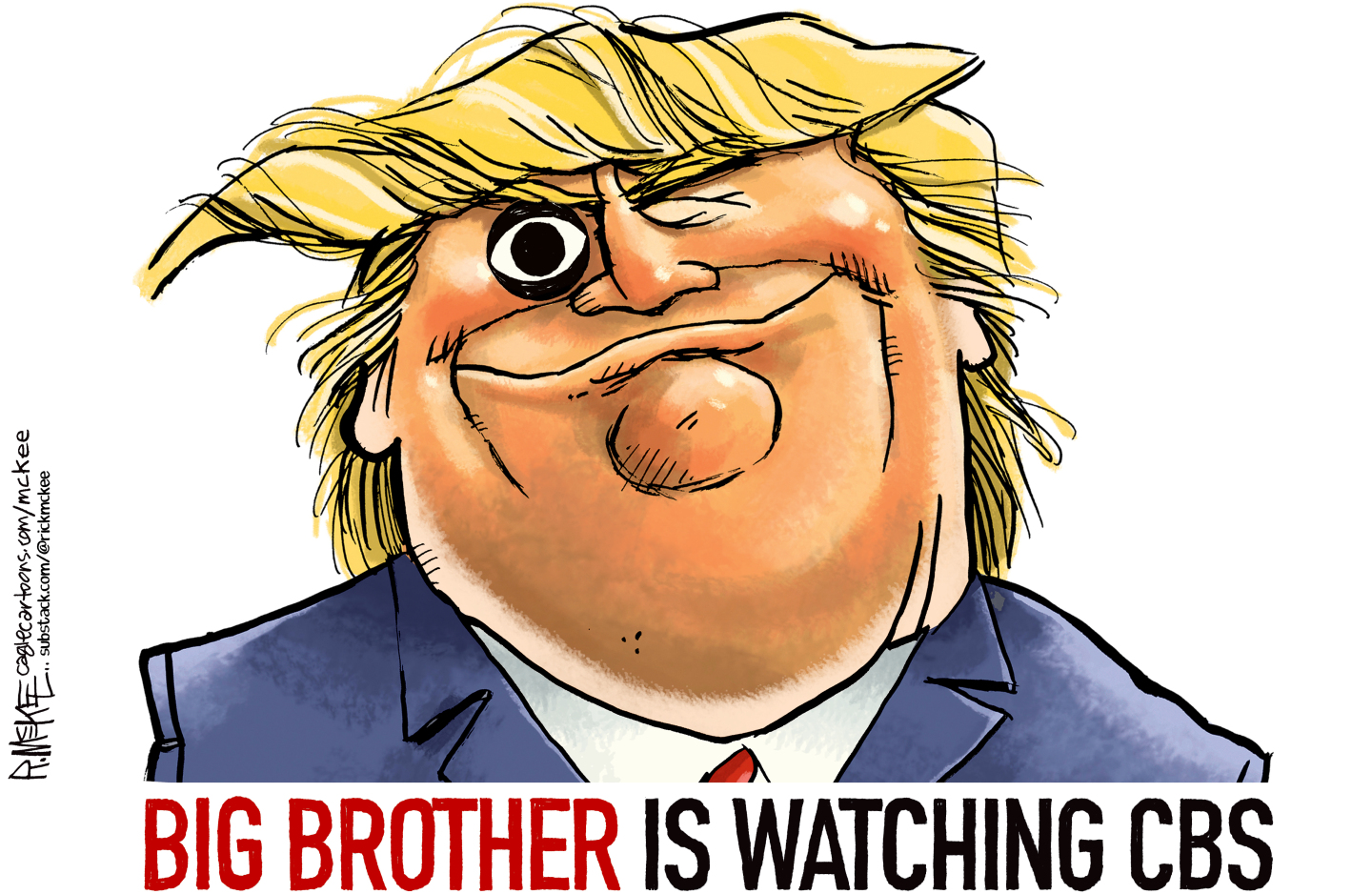 Political cartoons for December 23
Political cartoons for December 23Cartoons Tuesday's political cartoons include an eye on CBS, cracking the middle class, and Donald Trump's name on everything
-
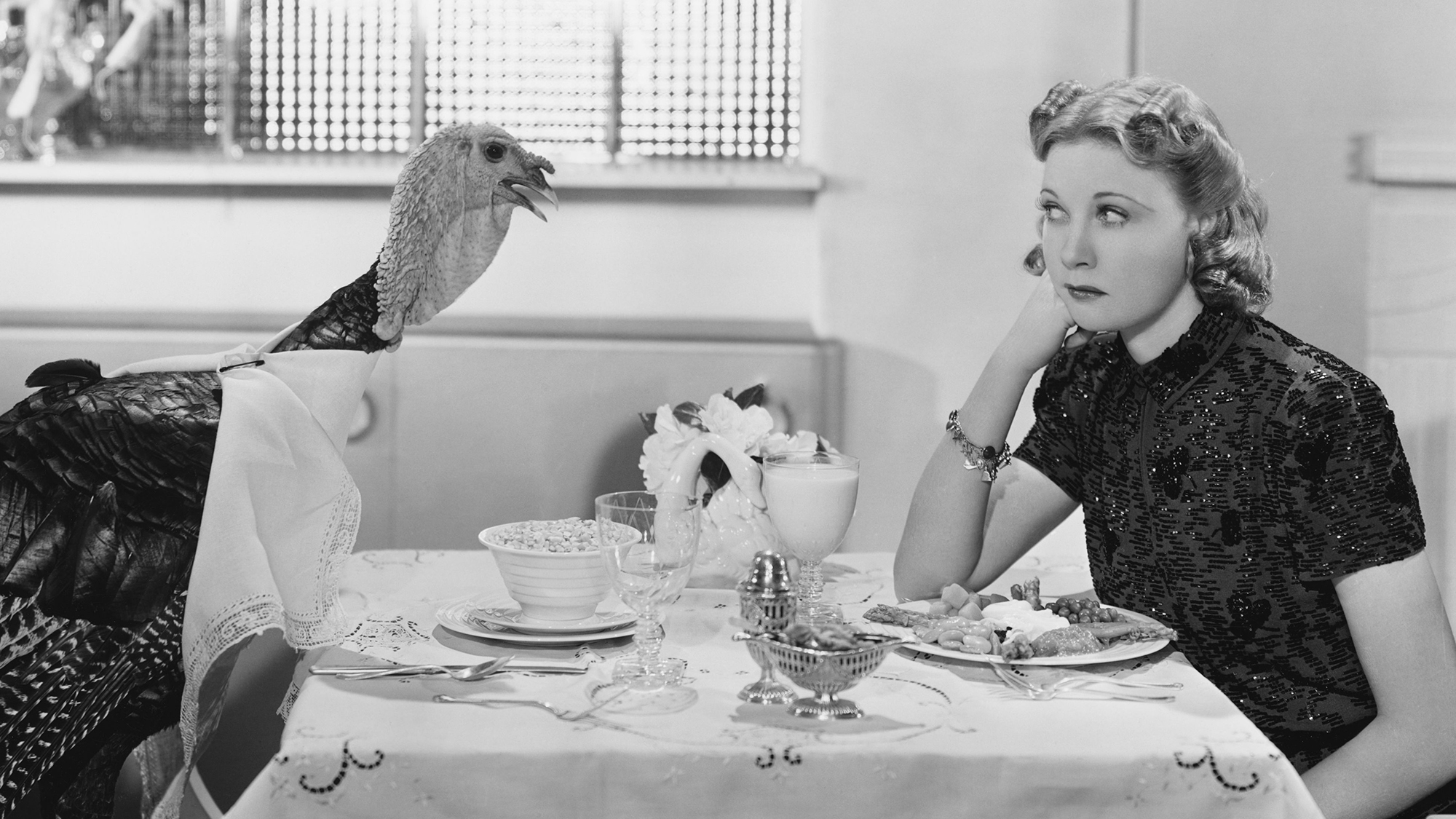 Why women are feeling the festive stress
Why women are feeling the festive stressTalking Point As the Christmas frenzy ramps up, many mums feel the pressure of ‘keeping the whole sleigh on the road’
-
 Is Keir Starmer being hoodwinked by China?
Is Keir Starmer being hoodwinked by China?Today's Big Question PM’s attempt to separate politics and security from trade and business is ‘naïve’
-
 Son arrested over killing of Rob and Michele Reiner
Son arrested over killing of Rob and Michele ReinerSpeed Read Nick, the 32-year-old son of Hollywood director Rob Reiner, has been booked for the murder of his parents
-
 Rob Reiner, wife dead in ‘apparent homicide’
Rob Reiner, wife dead in ‘apparent homicide’speed read The Reiners, found in their Los Angeles home, ‘had injuries consistent with being stabbed’
-
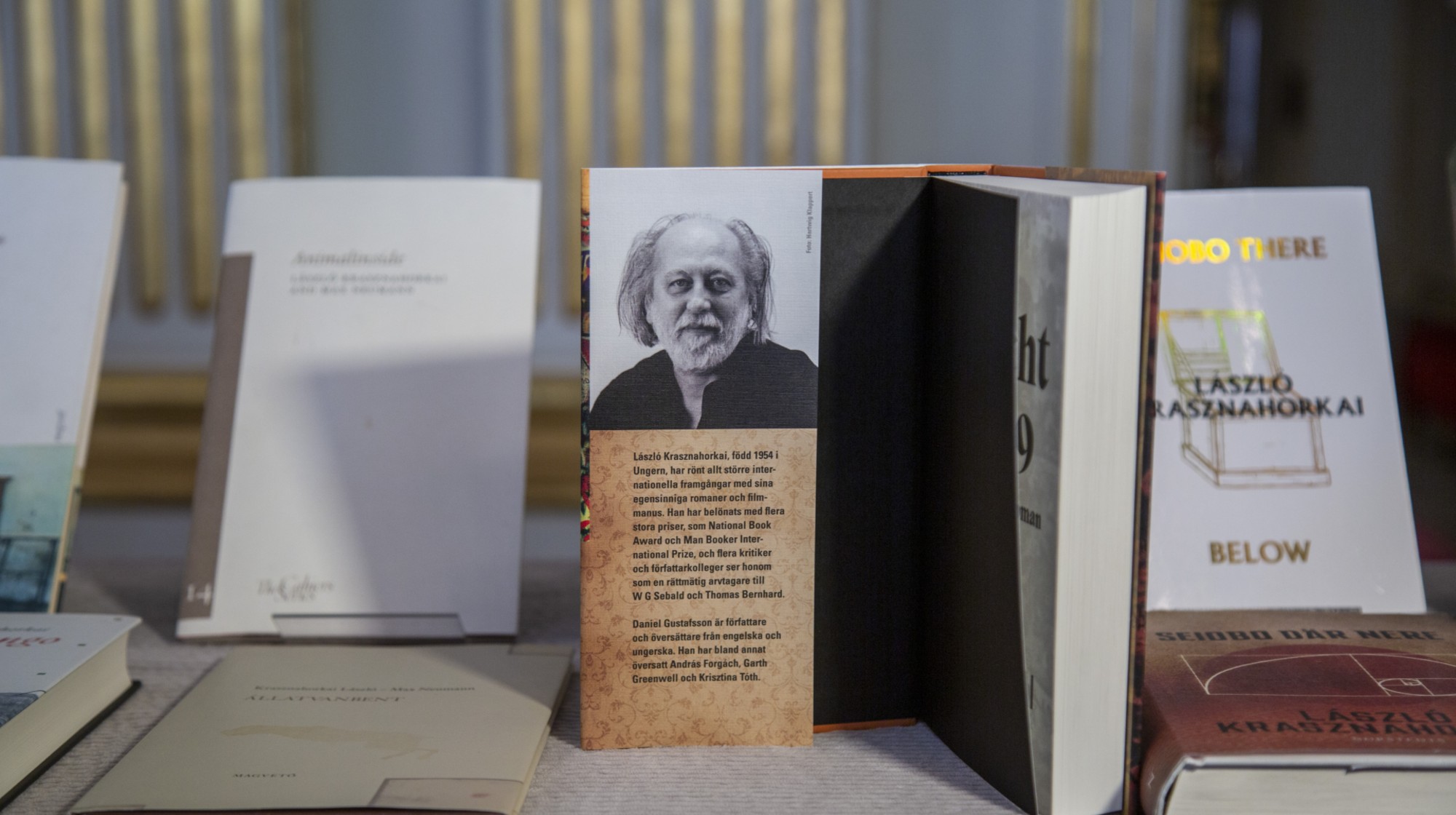 Hungary’s Krasznahorkai wins Nobel for literature
Hungary’s Krasznahorkai wins Nobel for literatureSpeed Read László Krasznahorkai is the author of acclaimed novels like ‘The Melancholy of Resistance’ and ‘Satantango’
-
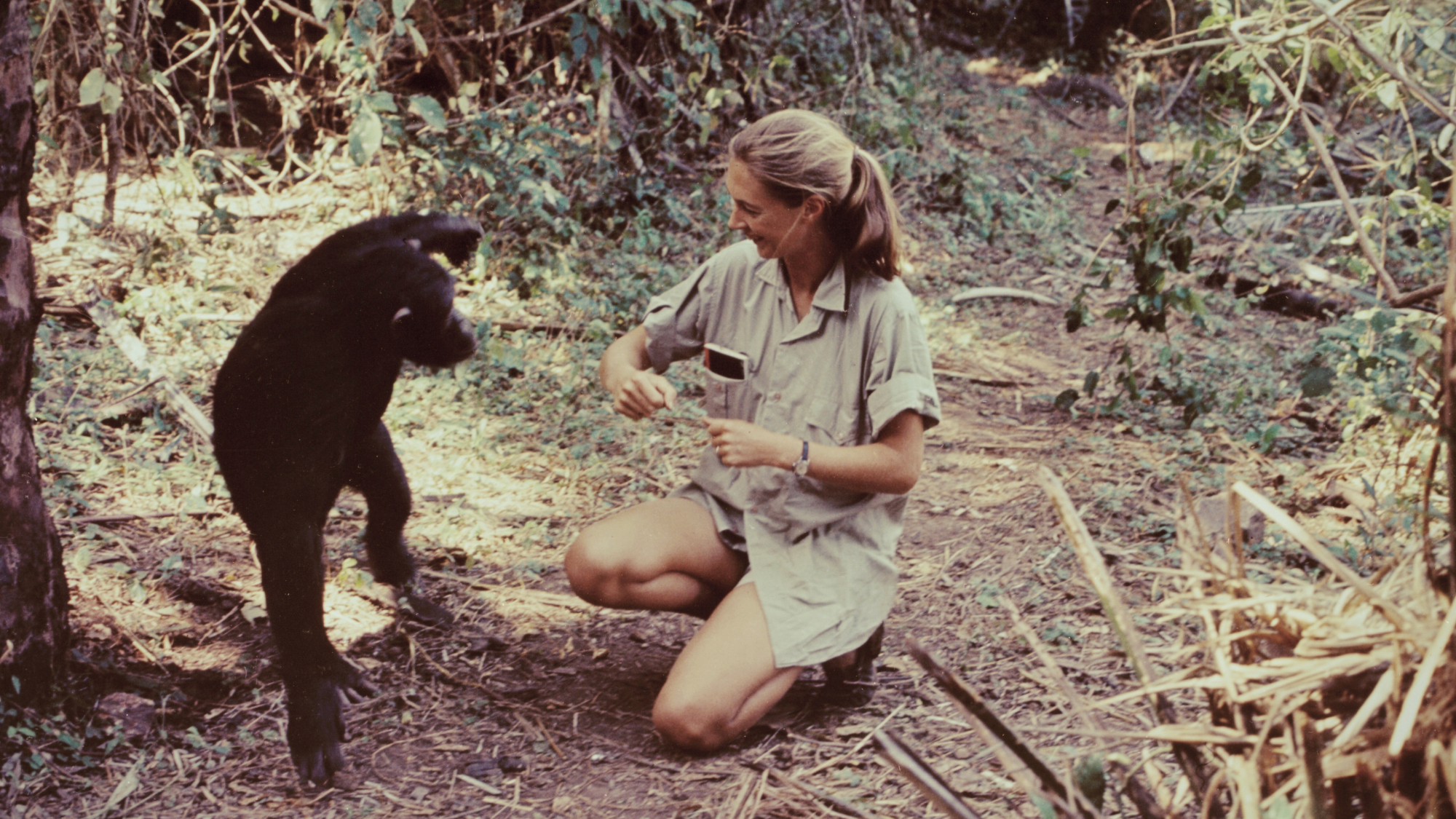 Primatologist Jane Goodall dies at 91
Primatologist Jane Goodall dies at 91Speed Read She rose to fame following her groundbreaking field research with chimpanzees
-
 Florida erases rainbow crosswalk at Pulse nightclub
Florida erases rainbow crosswalk at Pulse nightclubSpeed Read The colorful crosswalk was outside the former LGBTQ nightclub where 49 people were killed in a 2016 shooting
-
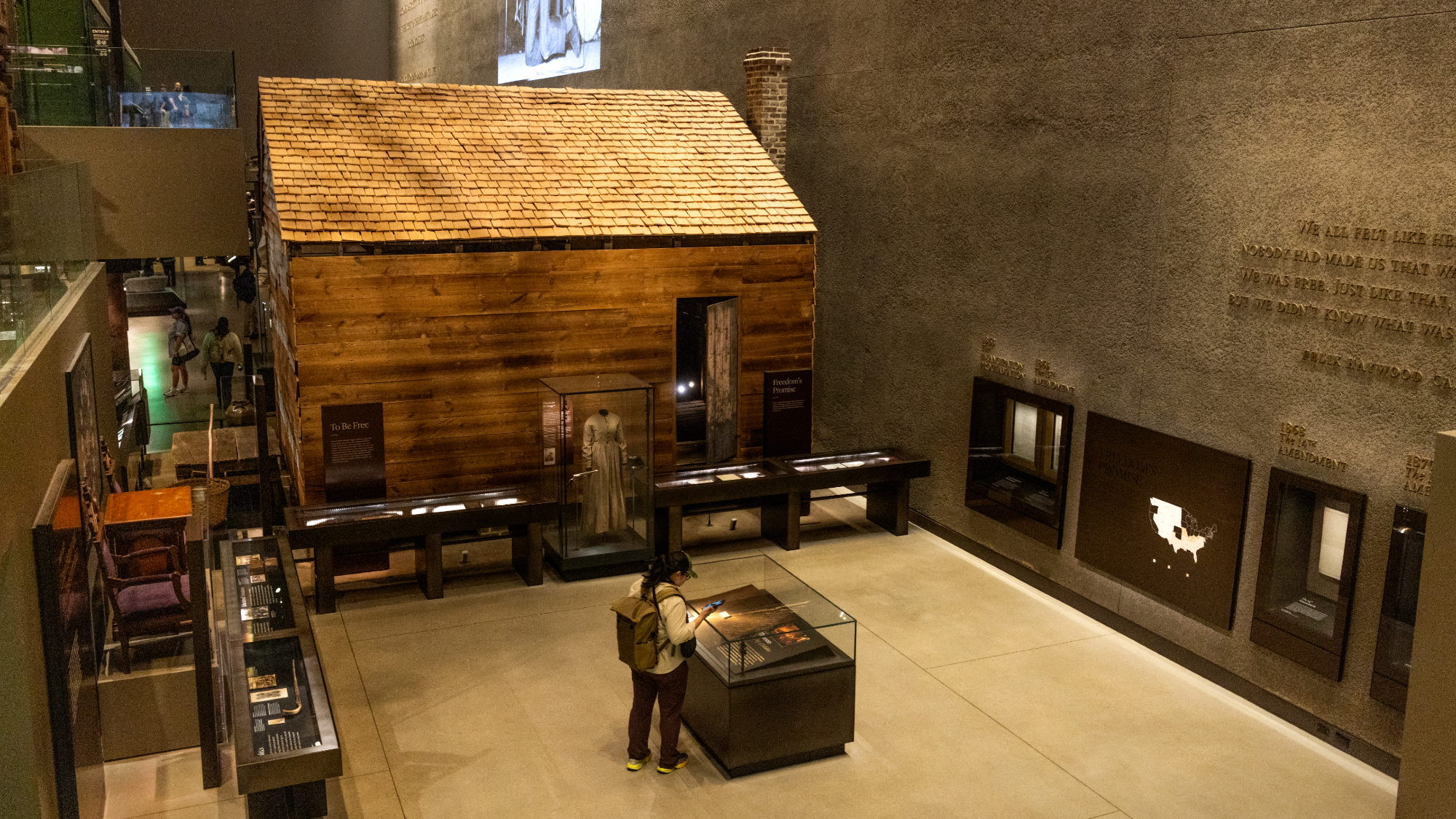 Trump says Smithsonian too focused on slavery's ills
Trump says Smithsonian too focused on slavery's illsSpeed Read The president would prefer the museum to highlight 'success,' 'brightness' and 'the future'
-
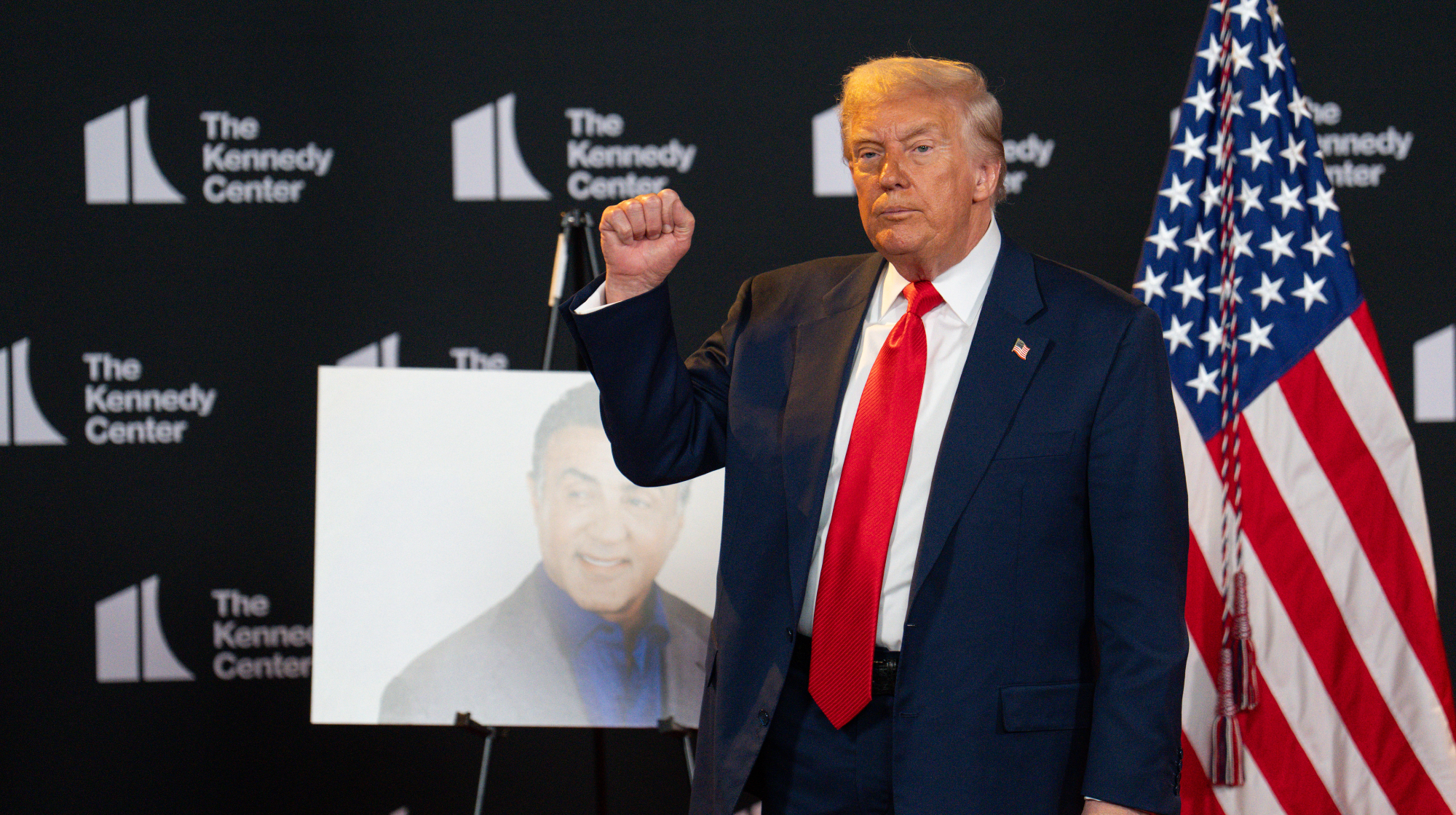 Trump to host Kennedy Honors for Kiss, Stallone
Trump to host Kennedy Honors for Kiss, StalloneSpeed Read Actor Sylvester Stallone and the glam-rock band Kiss were among those named as this year's inductees
-
 White House seeks to bend Smithsonian to Trump's view
White House seeks to bend Smithsonian to Trump's viewSpeed Read The Smithsonian Institution's 21 museums are under review to ensure their content aligns with the president's interpretation of American history
